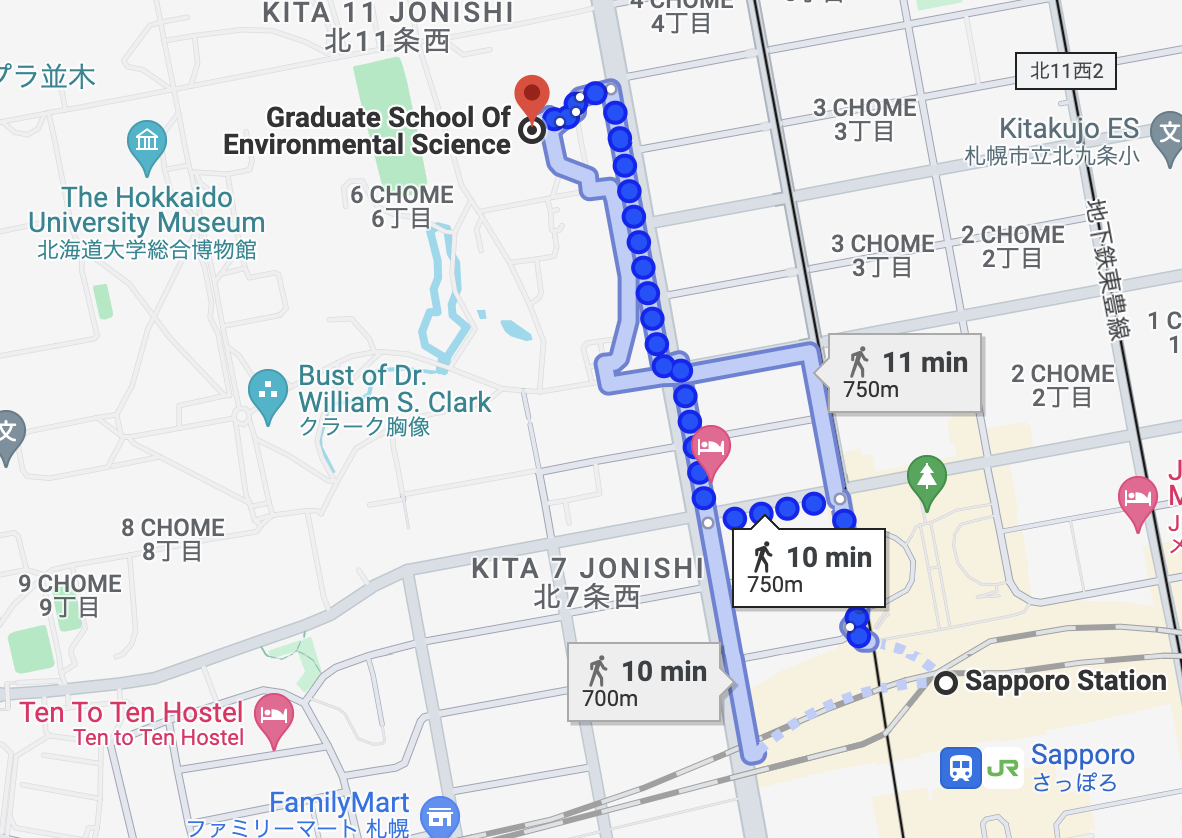Laboratory of Quantitative Ecological Genetics (QEcoGen Lab)
About us
Welcome, we are studying plant ecological genetics using quantitative tools. Our group belongs to the Course in Ecological Genetics at the Graduate School of Environmental Science located in the Sapporo campus of Hokkaido University, Japan.
Mission
The goal of our research is to uncover fundamental rules behind biodiversity and organismal evolution. We believe that innovations always stem from critical thinking and scientific minds, which can provide transferable skills and solutions for applied issues, such as agriculture and conservation biology. This concept is applied to our mentoring as well as research (see also the webpage of the School of Science at Hokkaido University). If you wish to join our group, please send a brief description of your (i) CV, (ii) research interests/motivation, and (iii) career perspective to Yasuhiro Sato (yassato”at”ees.hokudai.ac.jp). We look forward to working with you in science.
For prospective students
The admission schedule is available on the official website of Graduate School of Environmental Science. The score of English language proficiency tests, such as TOEIC, TOEFL-iBT, or IELTS, will be required for the admission application. You will also find scholarship information on the website of the Ministry of Education, Culture, Sports, Science and Technology (MEXT) or Hokkaido University. If you need such scholarships, please specify the scheme for which you apply. As you can see in the links above, there are multiple paths for MEXT scholarship.
For prospective postdocs
Currently, we have no open call for project postdocs, but you can consider JSPS International Fellowships. This international fellowship must be applied through the host laboratory, so please let us know your research plan as well as CV. Note also that a recommendation letter is required to complete the application.
Address
Faculty of Environmental Earth Science, Hokkaido University
N10W5 Kita-ku, Sapporo 060-0810, Hokkaido, Japan
Office: B-802 (Group of Ecological Genetics)
Phone: +81 (0)11 706 4860
E-mail: yassato”at”ees.hokudai.ac.jp
